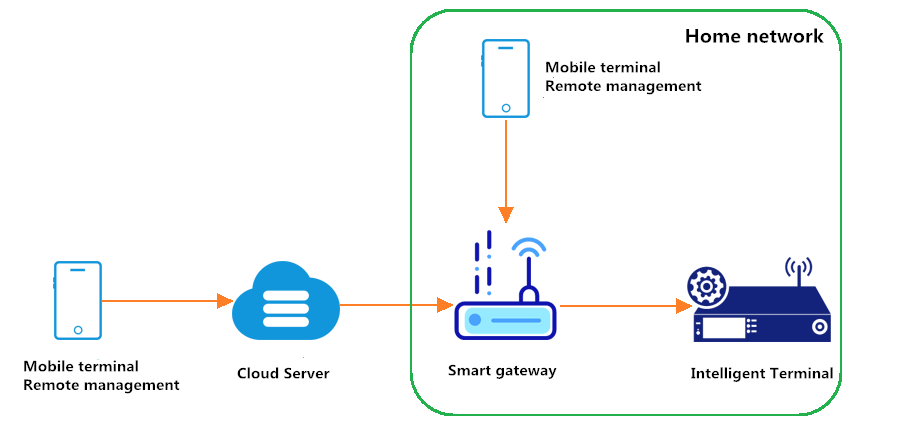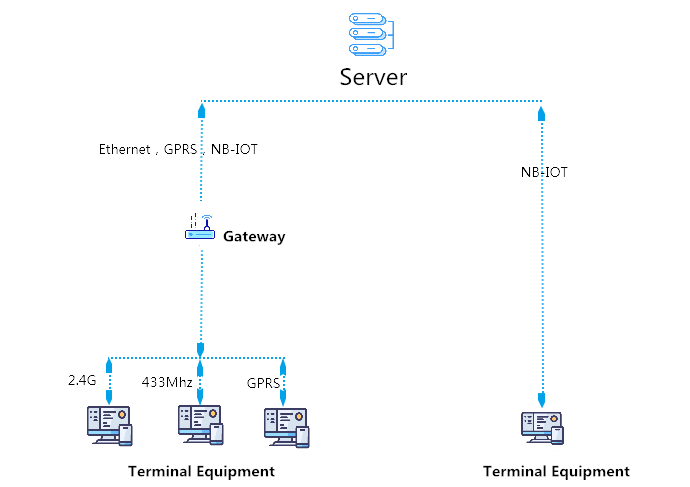"Gateway" is a big concept, not specifically referring to a class of products, as long as the devices connected to two different networks can be called gateways. In layman's terms: walking from room to another room must pass through a door. Similarly, when sending information from one network to another, it must pass through a "gate", which is the gateway. Therefore, a gateway is the "gate" where a network connects to another network.
Compared with ordinary gateways, smart gateways are more powerful and have more functions,such as data interaction management. Common smart gateways, including industrial IoT smart gateways, smart home gateways, automotive smart gateways, etc.

I. Smart Home Gateway
The smart home gateway has two functions of a smart home control hub and wireless routing. It is mainly responsible for specific security alarms, home appliance control, and power consumption information collection. Perform data interaction with products such as intelligent interactive terminals by wireless means. At the same time it also has a wireless routing function, excellent wireless performance, network security and coverage area.
2. The industrial intelligent wireless gateway
Industrial Internet of Things wireless intelligent gateway, also known as wireless data communication gateway, wireless data acquisition gateway, wireless gateway, has a highly integrated feature, integrates data reception, protocol conversion, wireless communication transmission and other functions, supports multiple communication protocols and communication Modes, such as GPRS, 433mhz, 2.4G and Ethernet.

3. The vehicle intelligent gateway
Vehicle intelligent gateway, which is the core of the car's internal communication local area network. it can realize the sharing of information on various buses and the network management and fault diagnosis functions inside the car.
a. Message routing: The gateway has the function of forwarding messages and diagnoses the status of bus messages;
b. Signal routing: to realize the mapping of signals between different messages;
c. Network management: network status monitoring and statistics, error handling, hibernation, etc.


